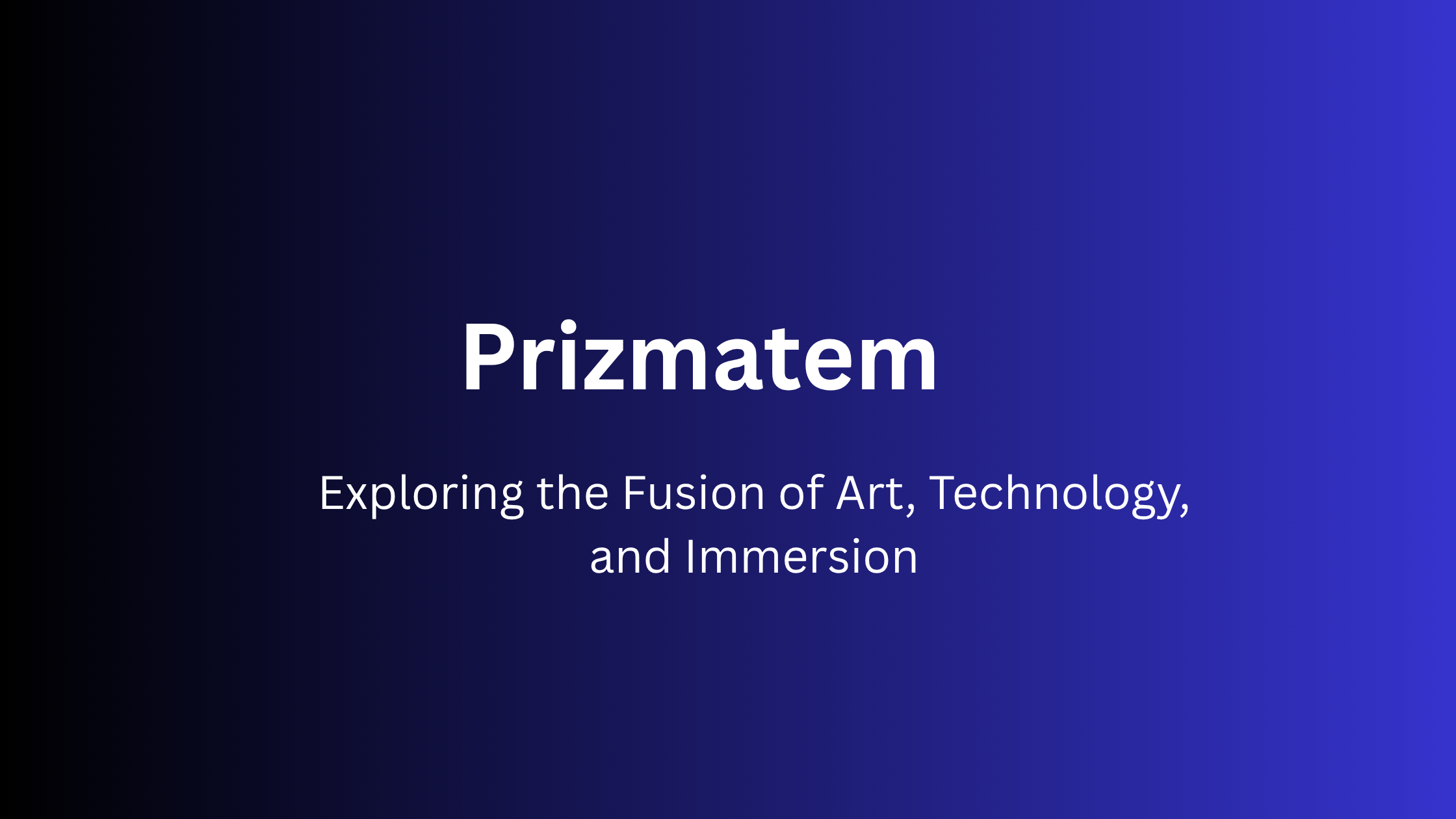Prizmatem is a rising concept that blends visual design, interactive media, and immersive technology into a new creative paradigm. It’s not just a term—it’s an experience. Whether you’re an artist, tech developer, gamer, or digital explorer, prizmatem opens doors to a dynamic visual world that goes beyond screens and traditional media. Rooted in the idea of “prism-like transformation” and augmented perception, prizmatem is changing how we interact with design, storytelling, and even emotion in digital spaces.
Understanding the Concept Behind Prizmatem
At its core, prizmatem symbolizes a multifaceted view of the digital experience. It draws from the visual metaphor of a prism—an object that transforms light into a spectrum of colors—and applies it to data, visuals, storytelling, and user interaction. Prizmatem emphasizes:
- Multidimensional perspectives
- Responsive environments
- Emotion-driven interfaces
- Seamless transitions between the real and virtual
The concept can manifest in augmented reality, interactive installations, or digital UI/UX where users are not just passive viewers but active participants in shaping their own perception.
How Prizmatem Is Applied in Modern Tech and Art
Prizmatem isn’t tied to one platform or industry—it acts as a design philosophy across several areas. Here are a few notable examples:
1. Immersive Art Installations
Digital artists have embraced prizmatem principles by creating environments where viewers interact with layered visuals, soundscapes, and motion. These installations often use projection mapping, AR overlays, or holographic elements that respond to user presence.
2. UI/UX Innovation
In tech design, prizmatem-inspired interfaces rely on fluid transitions, reactive elements, and layered navigation. Instead of rigid menus or static screens, users navigate through evolving visual layers, much like shifting through glass panels or prisms.
3. Gaming and Virtual Worlds
Game developers are applying prizmatem in world-building, allowing users to shift between realities, dimensions, or emotions based on gameplay. Think of games where environments respond to mood, decisions, or music.
4. Digital Fashion and Avatars
In the metaverse, prizmatem is emerging in avatar design and digital fashion. Garments or skins might change color, shape, or glow depending on user interaction, mimicking a prismatic effect to reflect inner states or narrative evolution.
Why Prizmatem Resonates in 2025
We’re in a cultural moment where static, flat, one-size-fits-all content no longer satisfies. Prizmatem offers a counterpoint—it celebrates complexity, customization, and active participation. As users become creators, and interfaces become more emotional and responsive, prizmatem offers a visual and experiential language to match.
Several key trends support this rise:
- The Growth of AR/VR and Mixed Reality: Platforms like Apple Vision Pro, Meta Quest, and Hololens bring immersive computing to more people.
- Emotion-Centric Design: Apps and environments are being built to respond to feelings, mood, and presence.
- Digital Identity and Expression: Prizmatem gives users new ways to express themselves beyond static profile pictures or bios.
Designing with Prizmatem Principles
For designers, developers, and creators interested in incorporating prizmatem into their work, consider these core ideas:
- Use Layered Visual Language: Overlays, shadows, translucency, and reflective textures.
- Emphasize Light and Color Dynamics: Like prisms, designs should shift with movement or interaction.
- Incorporate Sound and Touch: Multisensory design strengthens immersion.
- Make Interactions Feel Organic: Avoid harsh transitions. Use fade-ins, blends, and responsive feedback to enhance flow.
This approach is especially powerful in web design, app interfaces, virtual exhibitions, or branded experiences where user retention and emotional connection are key.
Challenges and Ethical Considerations
While prizmatem offers exciting creative potential, it also poses challenges:
- Accessibility: Highly visual, interactive designs must be inclusive to users with disabilities or different sensory needs.
- Data Sensitivity: Responsive environments that adapt to user emotion or behavior raise privacy questions.
- Tech Requirements: Implementing prizmatem at scale may require advanced hardware or software capabilities that not all users can access.
Designers and developers should prioritize ethical, inclusive frameworks when deploying prizmatem-style experiences.
Conclusion:
Looking ahead, prizmatem has the potential to influence how we learn, shop, create, and communicate. In education, imagine immersive lessons where students walk through interactive history timelines. In e-commerce, picture virtual fitting rooms with responsive textures and lighting. In healthcare, visual environments could help with stress reduction, therapy, or pain management.
As visual literacy expands and users demand richer engagement, prizmatem stands out not just as a tool—but as a vision for a more vibrant, responsive, and human-centered digital world.
Frequently Asked Questions About Prizmatem
Q1: Is prizmatem a platform, tool, or concept?
Prizmatem is primarily a design and artistic concept that can be applied across platforms. It represents a creative approach rather than a standalone product.
Q2: Who uses prizmatem in their work?
Digital artists, UX/UI designers, immersive theater creators, and developers working with AR/VR or web-based interactive platforms.
Q3: How can I incorporate prizmatem into my projects?
Start by using layered visual designs, reactive elements, ambient sounds, and nonlinear navigation. Tools like TouchDesigner, Unity, or Webflow may support this style.
Q4: What’s the difference between prizmatem and traditional visual design?
Traditional design often prioritizes clarity and consistency. Prizmatem leans into fluidity, transformation, and user-emotional interaction, creating a more dynamic experience.
Q5: Is prizmatem part of the metaverse trend?
Yes, it aligns closely with metaverse ideals—user immersion, identity fluidity, and rich digital storytelling—but it can also be used in non-metaverse contexts like websites or physical spaces.

